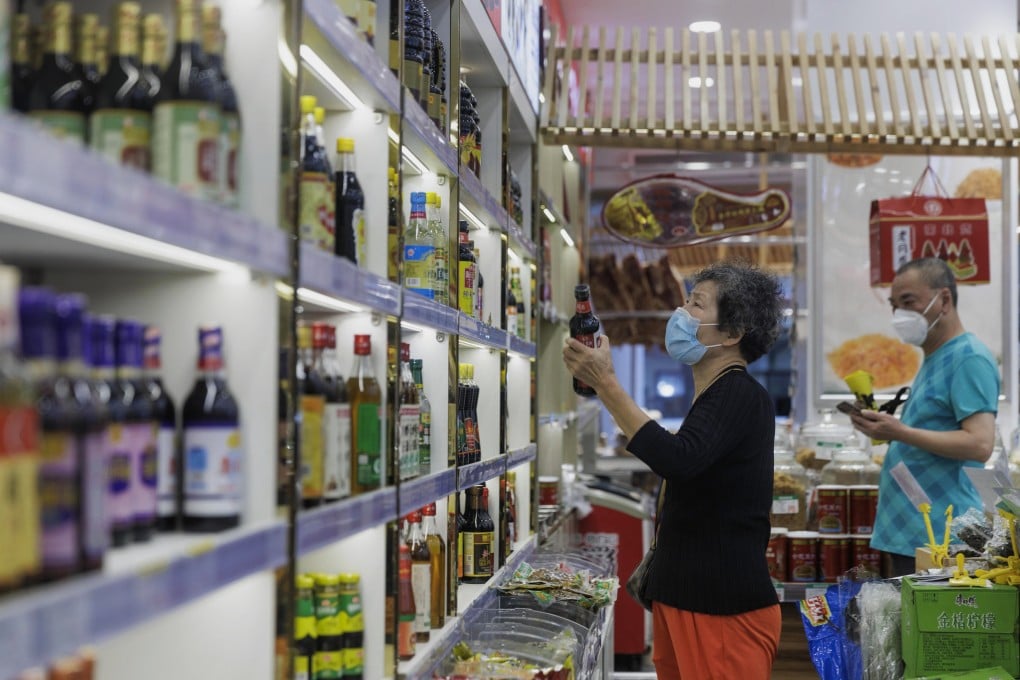Explainer | Why is China’s inflation rate low compared to the US, Europe and Britain?
- Global inflation is soaring, reaching a 40-year high in the US, thanks to sky-high food and energy prices that have been exacerbated by the war in Ukraine
- But China’s inflation rate has been relatively low, due to its limited stimulus during the pandemic and the weighting of goods and services in its CPI basket

China’s benign inflation readings are in marked contrast to many advanced economies, giving the country space for more monetary loosening while the United States, the European Union and Britain hike rates.
In comparison, inflation hit at a four-decade high of 8.6 per cent in the US and 8.1 per cent in the Eurozone last month. It surged to 9 per cent in Britain in April.
The war in Ukraine has disrupted global markets for commodities, energy, fertilizers and grains, with the World Bank warning the conflict is set to cause the largest commodity price shock in five decades. China is largely self-sufficient in food, but it is alert to imported inflation due to surging global prices for energy and raw materials.
China’s core CPI, which excludes the volatile prices of food and energy, rose by 0.9 per cent year on year last month, unchanged from April. Headline inflation for the first five months grew by 1.5 per cent, comfortably below the government’s full-year maximum of 3 per cent.